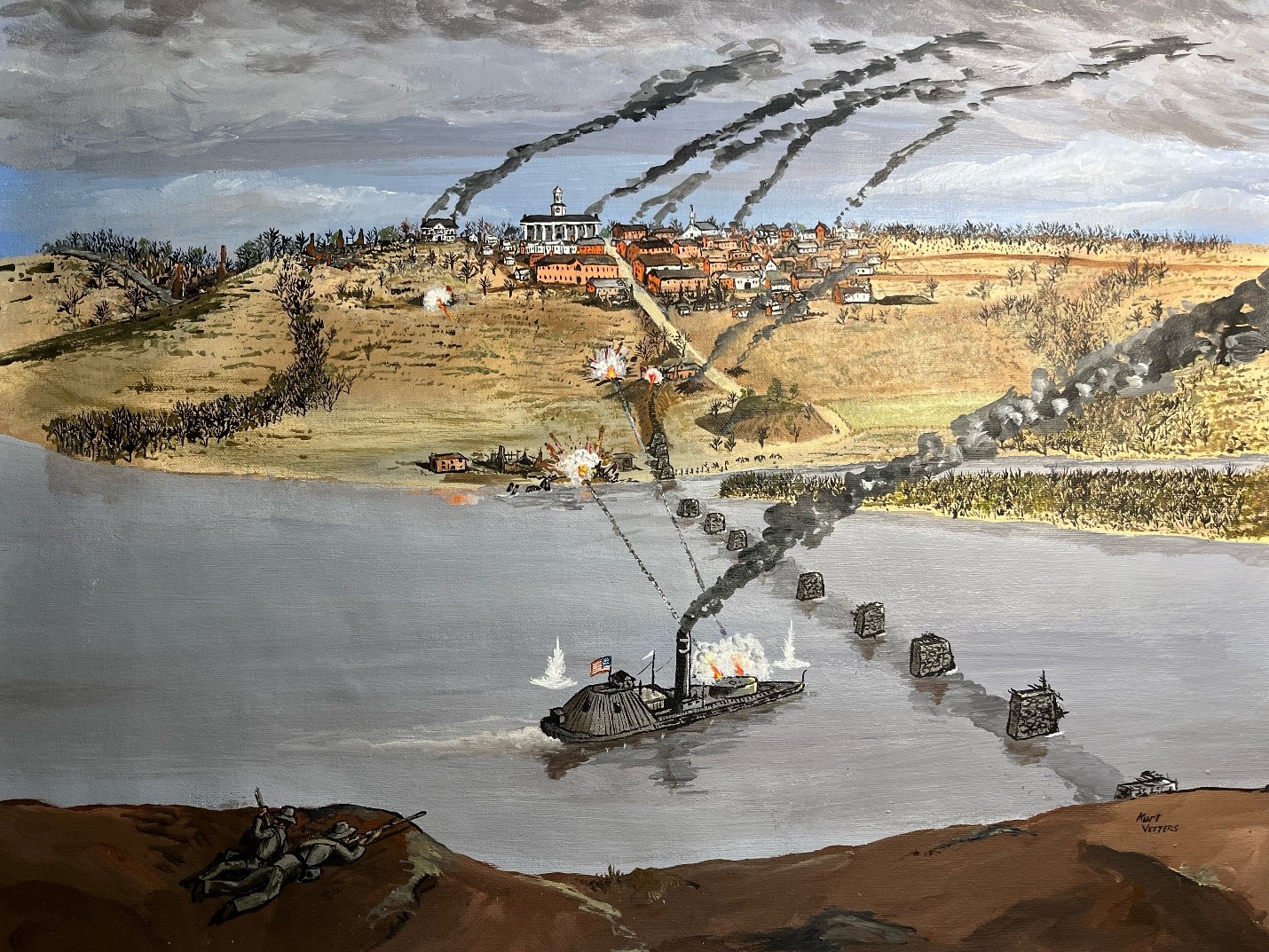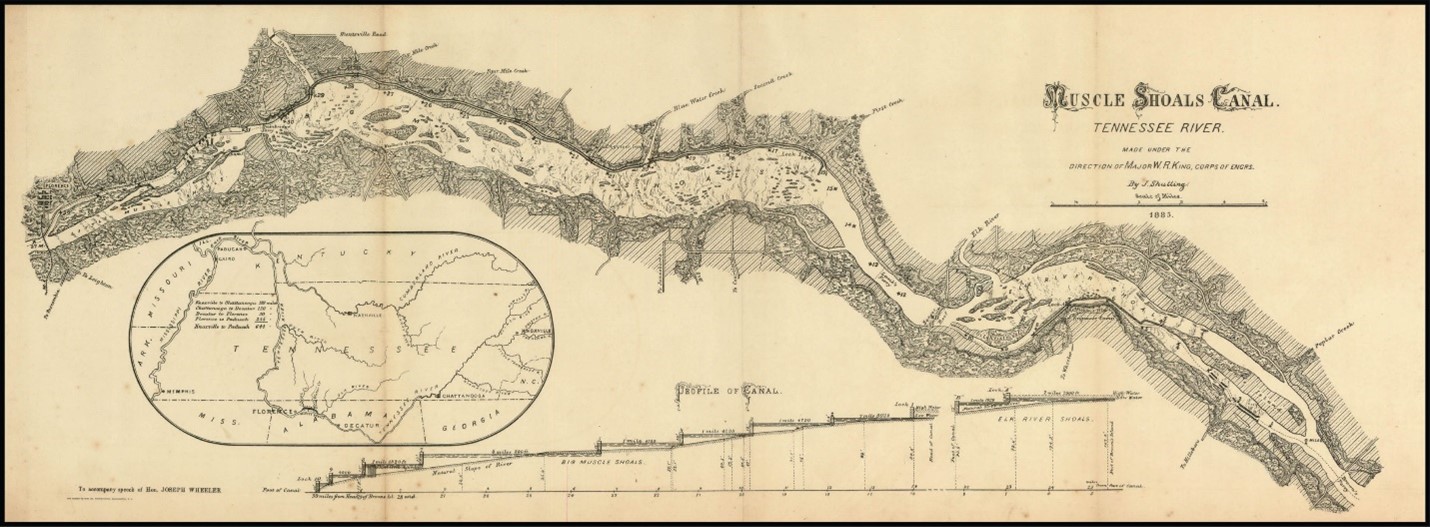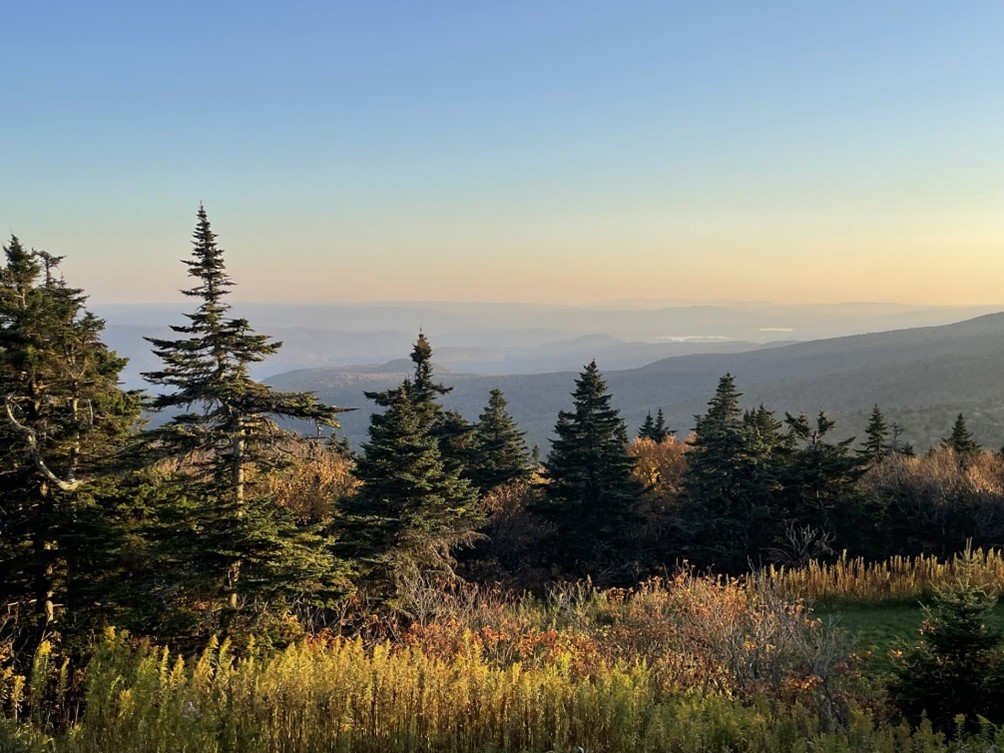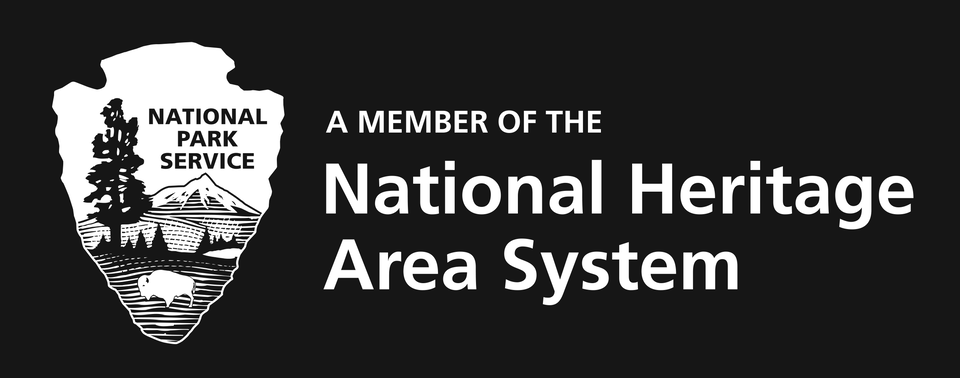By Terrence Johnson
MSNHA programs coordinator
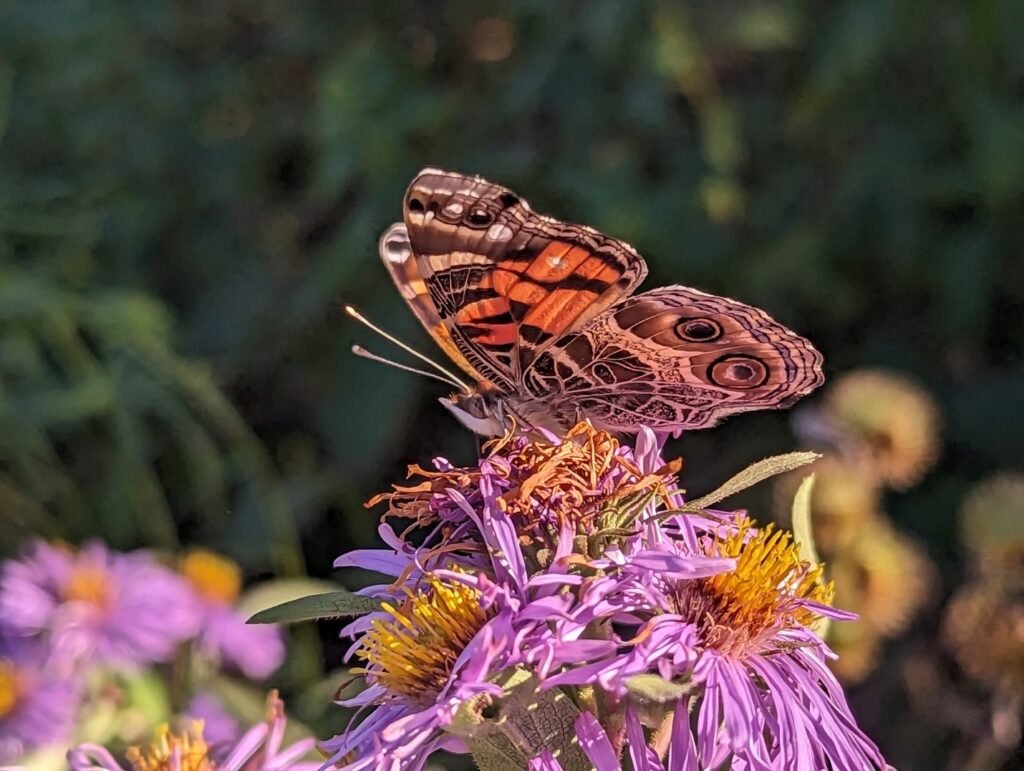
Leaves are not litter. With another autumn, we’ve had the pleasure during the past few weeks to witness our leaves change color and begin blanketing our parks, gardens, and other outdoor spaces, as if to tuck us in for another impending winter’s cold. For many of us, this time of year means clipping back dead plant stalks and raking up the leafy mess left behind by our deciduous trees to keep our yards looking prim and proper. But for the smallest of us – bees, butterflies, moths, and other arthropods – hollow stems and leaf blankets are critical to survival throughout the cold months.
These pollinators, both resident and migratory, rely on leaves and dead plant matter as habitat that shelters and insulates them through spring. A layer of leaves at least a couple inches thick provides additional protection from the elements for burrowing ground nesting bees, which include dozens of species across several genera in Alabama. The red-banded hairstreak (Calycopis cecrops) lays its eggs amongst oak leaves that become food for emerged caterpillars (Alabama Butterfly Atlas 2023). Prepupal leafcutter bees (Megachile spp.) lay dormant in hollow plant stems, waiting to metamorphose in late spring (Serrano 2005). Other species of butterfly and moth form cocoons disguised as dried leaves as they metamorphose. Without leaf habitat, these species cannot survive.
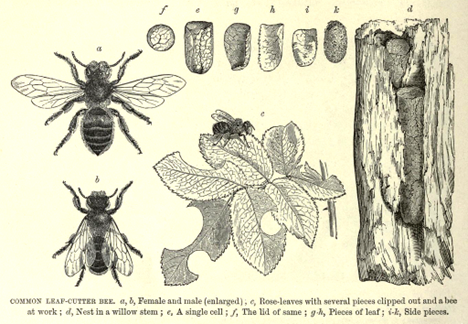
Pollinators finding this habitat is increasingly scarce, which has led to a dramatic decline in their population over several decades (Kopec and Burd 2017). Though public woodlands and other green spaces are important sources of habitat, the importance of the private yard for pollinators cannot be overstated. A 2005 NASA study found that lawns, both residential and commercial, are the single largest irrigated crop in the United States. Lawns cover 49,400 square miles of surface area in the U.S., about three times the space of irrigated corn. Restoring this space as habitat is necessary to conserving and revitalizing pollinator populations (Lindsey and Scott 2005; Milesi et al. 2005).
So, though they are out of sight, please don’t let our pollinators be out of mind as we care for our yards this fall. Maybe consider leaving the leaves, if only in a corner of your yard or in the flower beds around the lawn, to create habitat for the pollinators we work so hard to attract through other ways in our gardens. As a bonus, your lawn will reap the ecosystem services of improved soil health, moisture retention, and weed suppression that leaf layers provide.
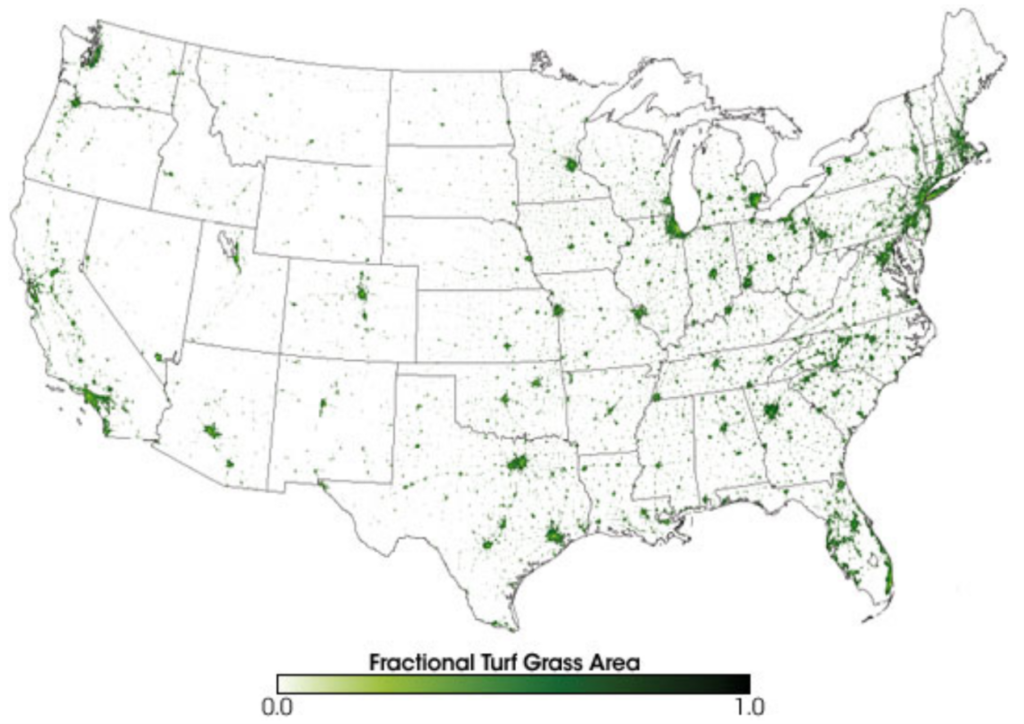
If you make the effort to leave the leaves but want to clean them up eventually, protect your investment in these species by leaving leaf habitat until late spring to give these species time to reach the next stage of their life cycle. And don’t forget to let others know what you are up to when you do!
Sources
Alabama Butterfly Atlas. 2023. Red-banded Hairstreak, Calycopis cecrops. Water Institute, University of South Florida. https://alabama.butterflyatlas.usf.edu/species/details/35/red-banded-hairstreak
Kopec, K. and L. A. Burd. 2017. Pollinators in Peril: A systematic status review of North American and Hawaiian native bees. Center for Biological Diversity. https://www.biologicaldiversity.org/campaigns/native_pollinators/pdfs/Pollinators_in_Peril.pdf
Lindsey, R. and M. Scott. 2005. Looking for Lawns. NASA Earth Observatory. https://earthobservatory.nasa.gov/features/Lawn/lawn.php
Lydekker, R. 1879. Life history of the leafcutter bee Megachile centuncularis. The Royal Natural History 6:36.
Milesi, C., Running, S.W., Elvidge, C.D., Dietz, J.B., Tuttle, B.T., and R.R. Nemain. 2005. Mapping and modeling the biogeochemical cycling of turf grasses in the United States. Environmental Management 36(3):426-438.
Serrano, D. 2005. Leafcutting bees. University of Florida Institute of Food and Agricultural Sciences. https://entnemdept.ufl.edu/creatures/misc/bees/leafcutting_bees.htm

